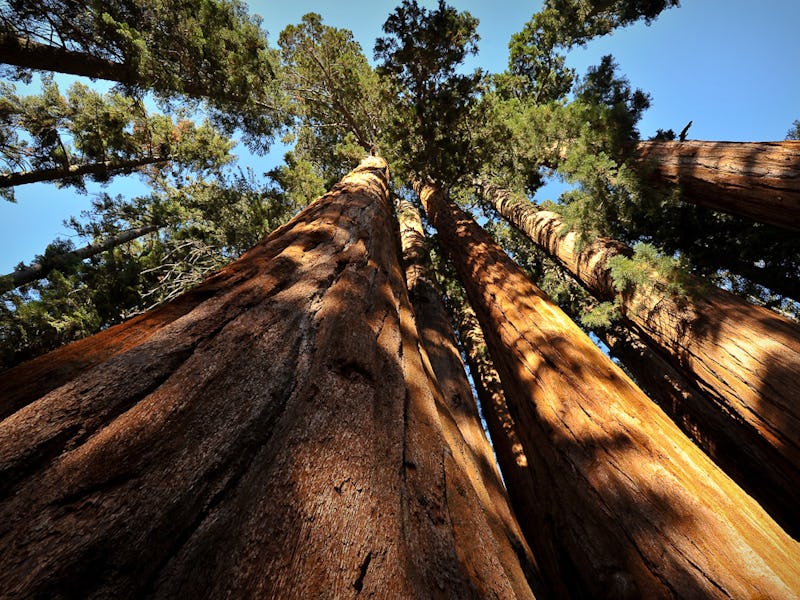America's Ozone Problem Has Now Spread to Its National Parks
Humans can't leave good things alone, huh?

Who doesn’t like escaping into the wilderness to get some fresh air reset their brain from the stresses of civilization? Well, we have some bad news for all you nature lovers: The differences between the big city and the great outdoors have gotten a whole lot smaller in the last few decades. A new study in the journal Science Advances shows that the air quality in US national parks is just as bad in one major way as the air quality in major US cities.
In the paper, published on Wednesday, a team of researchers led by David Keiser, Ph.D., an assistant professor of environmental and ecological economics at Iowa State University, found that the ozone levels in 33 national parks were “statistically indistinguishable” from ozone levels in the 20 biggest cities in the US. To reach this conclusion, the study’s authors analyzed data on the annuals trends in daily eight-hour maximum ozone concentration in the parks and cities. Then they measured the number of days that the ozone concentrations exceeded 70 parts per billion, the maximum level the Environmental Protection Agency deems safe for “sensitive individuals,” like children, the elderly, and people with asthma. For both of these measures between the years of 1990 and 2014, the study’s authors report, the biggest, most heavily visited parks in the country matched up with the biggest cities in the US.
These graphs show ozone levels in major US cities (blue circles) and national parks (red diamonds): A) Average annual maximum daily 8-hour ozone concentrations. B) Average summertime maximum daily 8-hour ozone concentrations. C) Average days per year with maximum daily 8-hour ozone concentrations exceeding 70 parts per billion, a level the EPA calls "unhealthy for sensitive groups" like children, the elderly, and people with asthma. D) The number of days Sequoia National Park and Los Angeles exceeded 70 parts per billion.
From 1992 onward, the trends for daily maximum ozone concentrations in both cities and parks were “lying on top of each other,” Gabriel Lade, Ph.D., assistant professor of environmental and ecological economics at Iowa State University and one of the study’s co-authors, tells Scientific American. “It was one of our more surprising findings.”
If you’re used to hearing about ozone as the thing that protects Earth from the sun’s harshest radiation, it may be surprising to hear that ozone is bad for people. But indeed it is. Ozone is a highly unstable, reactive molecule made of three oxygen atoms. When people breathe it in, ozone’s unstable structure makes it quick to react with the tissue in our lungs, causing damage.
Researchers analyzed air quality data from 33 national parks, including Great Smoky Mountains National Park.
The study also shows that park visitation numbers drop when ozone levels rise, but the researchers don’t have enough data to show why this happened. For instance, park visitors could have heeded air quality warnings and moved their visits. But we simply can’t tell without further study.
It’s not all bad, though.
Sure, national parks may not be the pristine refuge from the ills of civilization that we might expect them to be, there’s still a lot to be said for spending time in nature. Besides the fact that trees are awesome and birds are pretty, research suggests that the sounds of nature can be associated with parasympathetic nervous system activity, which means it chills you out. So you should probably still go spend time in nature before we’re all dead.